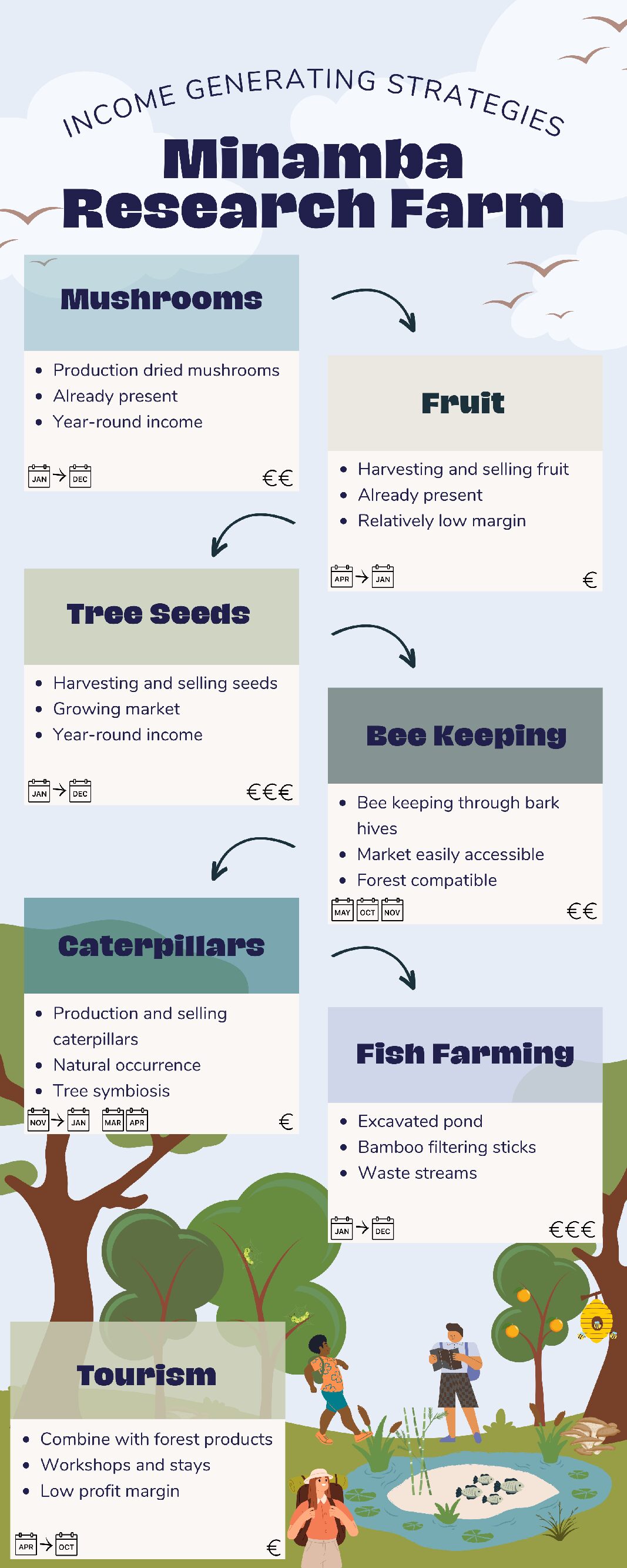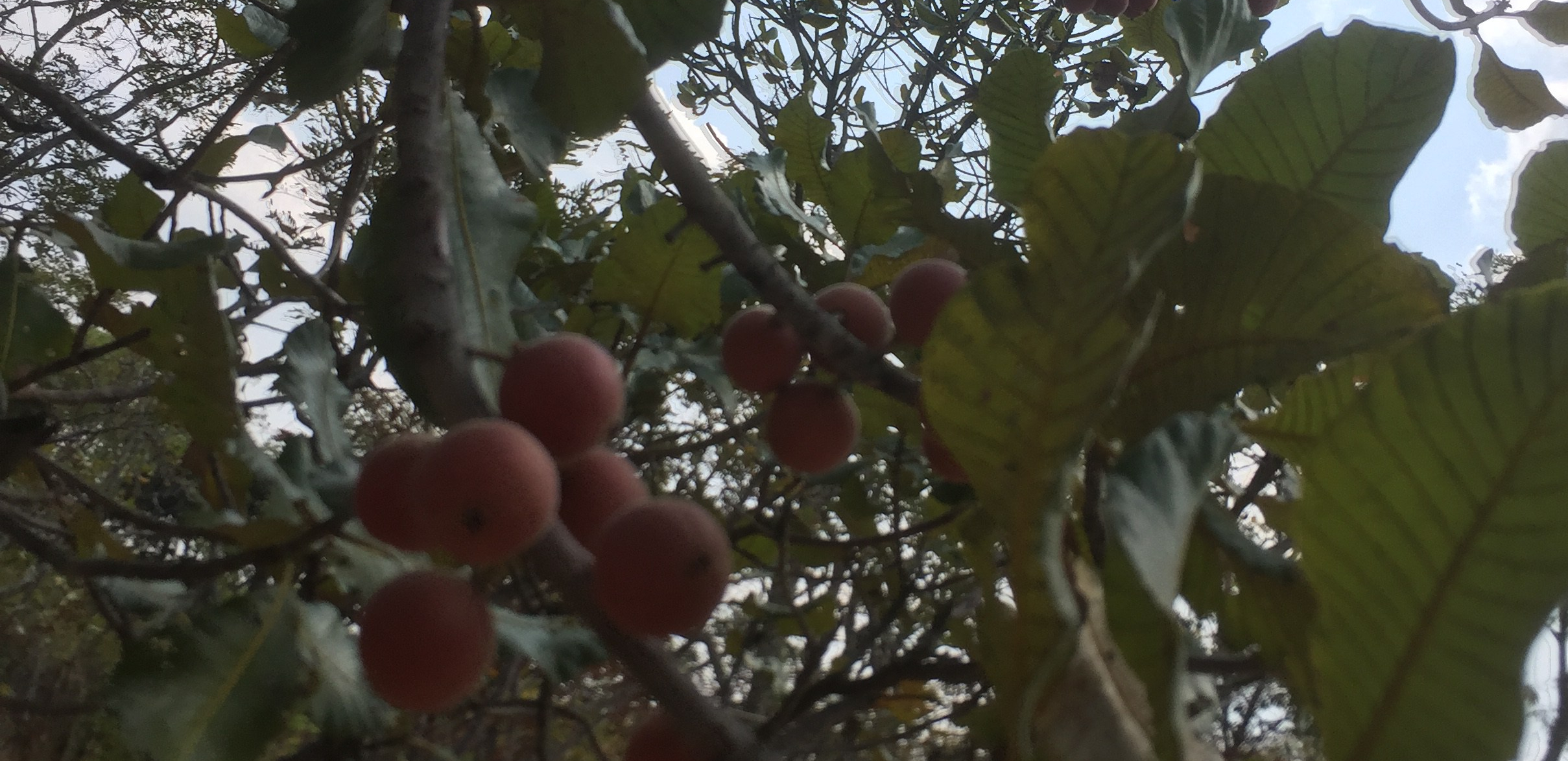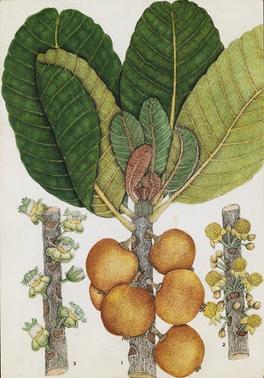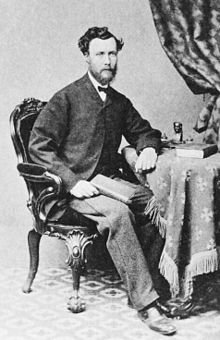Dat een bos ongelooflijk veel winst oplevert, weten de meesten van jullie al. Veel bossen helen niet alleen zichzelf en hun vele bewoners, ze dragen ook nog bij aan de bescherming van een groot gebied om hen heen. Ze brengen koelte en schaduw, stabiliseren de grond, voeden de bodem, reguleren het water, bewaken de biodiversiteit, filteren de lucht. Toch blijkt het vaak nodig bossen te voorzien van een korte termijn prijskaartje, uitgedrukt in monetaire eenheden, als je wil voorkomen dat ze gekapt worden. Dat geldt zeker ook voor het stuk miombo bos van de Minamba Research Farm in Zambia, gelegen in een gebied met een zeldzaam hoge biodiversiteitsscore, gepaard met een zeldzaam hoge ontbossingsgraad.
In de veronderstelling dat je de perverse Homo Economicus alleen kan verslaan met zijn eigen wapens, ging een team studenten van de Universiteit van Wageningen op zoek naar manieren om de gebruikers van de onderzoeksboerderij het hele jaar door van een ‘regeneratief’ inkomen te voorzien: een inkomen dat niet alleen de bosgebruikers, maar ook het bos zelf ten goede komt. Ze keken daarbij niet alleen naar de inkomsten voor de Minamba Research Farm zelf, maar ook naar mogelijkheden om deze winstmodellen ook voor andere stukken miombo te gebruiken, zodat niet alleen onze eigen bos beschermd wordt, maar ook dat van andere bosgebruikers die hiermee aan de slag willen.
De studenten verkenden zeven inkomstenmodellen die samen een jaarrond inkomen zouden moeten kunnen generen, zeker als het ons lukt de komende jaren ook wat toeristen te lokken. Naast de manieren die we al bedacht hadden, wezen ze ons ook op de mogelijkheden van de verkoop van zaden en een natuurvriendelijke manier om vissen te kweken. Daarnaast merkten ze op dat we inkomen uit ecosysteemservices als het vastleggen van CO2 en het beschermen van biodiversiteit voorlopig wel op onze buik konden schrijven: de investeringskosten daarvoor zouden veel te hoog zijn voor kleine bosboeren. Extra reden om ons te focussen op ons bestaande adoptiebomenplan, dat gelukkig wel gebruikt kan worden voor iedere boom.
Tenminste drie van die bosbevorderende winstmodellen (fruit, zaden & rupsen) moeten ook op andere bosboerderijen gebruikt kunnen worden. Samen met de leden van de Universiteit van Lokale Kennis (veelal jonge stadse Zambianen met een stukje land buiten de stad) gaan we de komende tijd kijken hoe we het fruit houdbaar kunnen maken, en er meer waarde aan kunnen geven, bijvoorbeeld door het te drogen of te verwerken tot siroop, snoep of iets anders.
Hieronder vindt je de hele presentatie:




